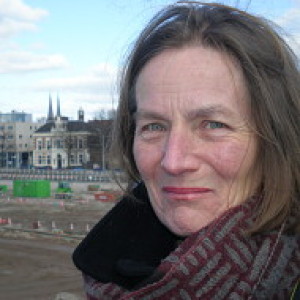Amsterdam since 90-ies
You're in my way!
You get out of my way!
This part of Amsterdam immediately got me back to the childrens' book 'In de weg, uit de weg' (you're in my way, get out of my way!) by dutch author Rindert Kromhout and the gorgeous pen-drawings to that story by the hand of Jan Jutte.
The bridge is too narrow to let pass 2 persons at the same time, who ofcourse stand each on the other side of the bridge and both want to have first passage..... so they quarrel and thus a full story for children is written in the book that show how to express spatial positioning with words like 'in front of, behind, up, down, under, above, before, after'..... etc.
And the bridge we crossed here (the deepest in this blip) actually is a narrow as in the booklet; just for 1 to pass each time!
I walked today with a group of walkers along the waters of the IJ / north Amsterdam
From Wikipedia this information on Java-Eiland:
Java-eiland (literally, "Java Island") is a neighbourhood of Amsterdam, Netherlands. It is located on a peninsula, surrounded on three sides by water and on the east by the KNSM Island neighbourhood.
The peninsula was created by dredging water at the end of the 19th century and was used for shipping services. The Stoomvaart Maatschappij Nederland was located here which ran services to the Dutch East Indies. After the Second World War and the 1945 independence of Indonesia, trade nearly came to a standstill. In the 1980s, squatters, artists and the homeless had taken over many of the buildings in the area. The name "Java Island" was given to the area when it was designated for housing in the 1990s.[1]
In the 1990s the area was transformed into residential units according to a master plan by Amsterdam architect Sjoerd Soeters. Except for one building owned by port authorities, all the old buildings were razed. As for transport, tram line 10 terminates at Azartplein (Azart Square), on the eastern edge of Java-eiland.[1]
Notable architecture includes four small canals with post-modernist canal houses from various architects, cycle and pedestrian bridges by Guy Rombouts and Monica Droste, and at the Azartplein two building by the Swiss architectural firm

Comments
Sign in or get an account to comment.


